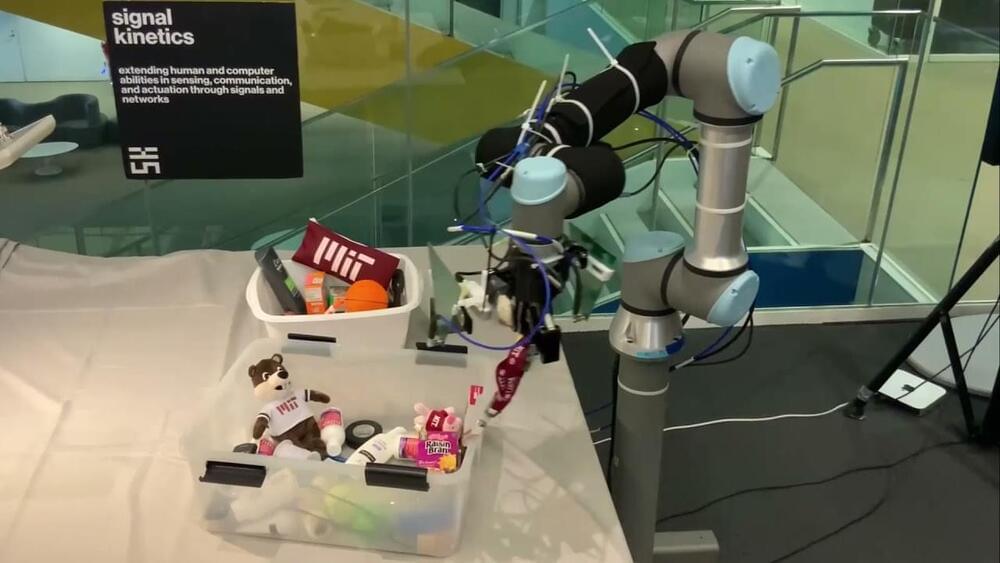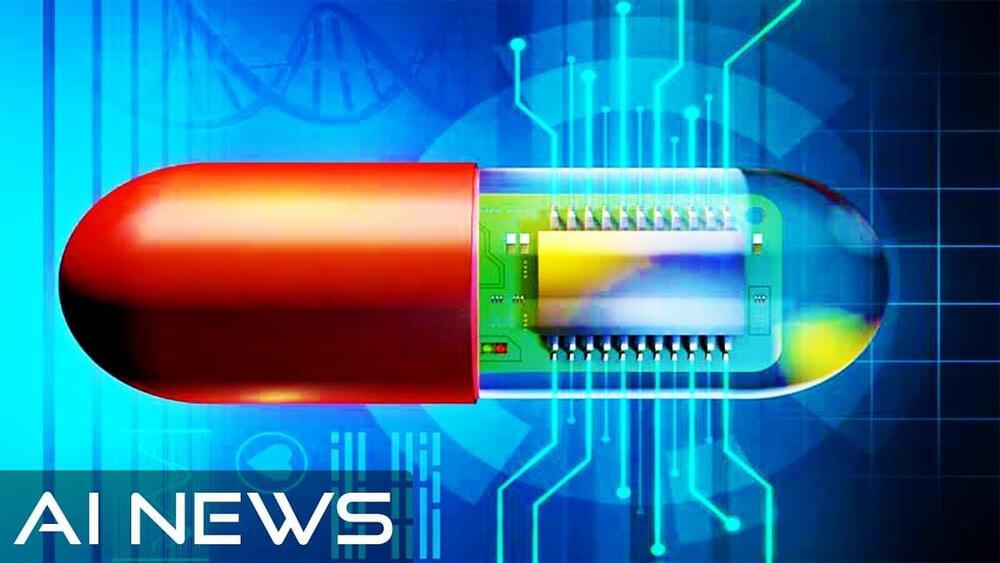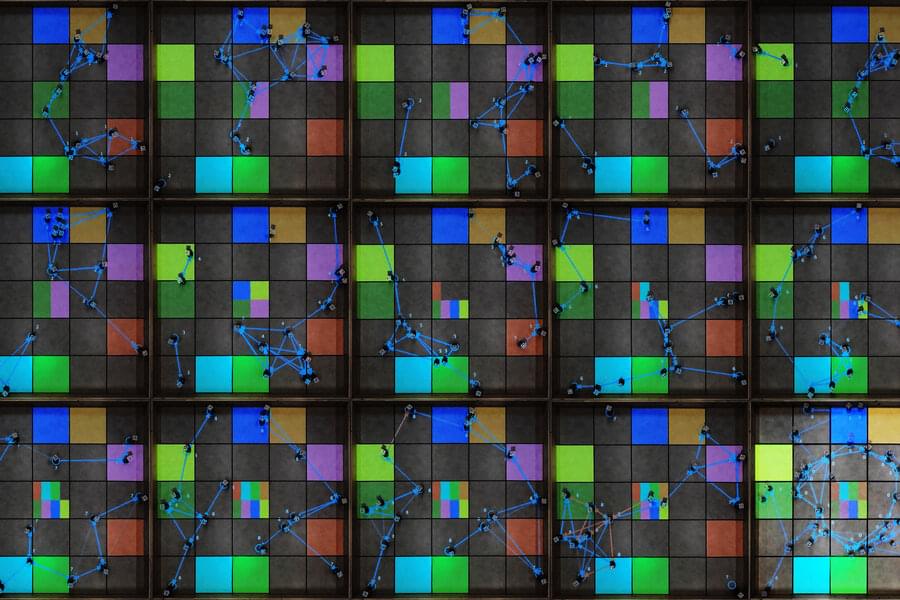Conversational video technology enables AI-powered back-and-forth between viewers and prerecorded responses.


Conversational video technology enables AI-powered back-and-forth between viewers and prerecorded responses.


Human Factors, Ethical Artificial Intelligence, And Healthy Aging — Dr. Arathi Sethumadhavan, PhD, Head of User Research, AI, Ethics & Society, Microsoft Cloud+AI.
Dr. Arathi Sethumadhavan, Ph.D. is Head of User Research for AI, Ethics & Society, at Microsoft’s Cloud+AI organization, where she works at the intersection of user research, ethics, and product experience.
In her current role, Dr. Sethumadhavan is focused on the Microsoft AI ethical principles (privacy and consent, fairness, inclusion, accountability, and transparency) as it relates to various Microsoft AI experiences.
Dr. Sethumadhavan is a seasoned research leader, with two decades of experience studying human-technology interaction, and during the course of her career, she has led user research for several novel and complex applications (e.g., Microsoft’s custom neural voice, facial recognition), as well as at Medtronic, where she provided human factors leadership to multiple products in the Cardiac Rhythm and Heart Failure portfolio, including the world’s smallest pacemaker. She has also spent several years investigating the implications of automation on air traffic controller performance and situation awareness.
Dr. Sethumadhavan is also a Fellow at the World Economic Forum, where she is working on unlocking opportunities for positive impact with AI to address the needs of the aging population.
Dr. Sethumadhavan has published ~60 articles on a range of topics from patient safety, affective computing, and human-robot interaction, has delivered ~80 lectures, has been cited by the American Psychological Association and the Economist, and has worn many hats along the way, including research leader, strategist, author, mentor, editor, keynote speaker, and sometimes adjunct professor.
Dr. Sethumadhavan’s book, “Design for Health: Applications of Human Factors”, was published in 2020.
Dr. Sethumadhavan has a PhD in Experimental Psychology (specialization in human factors and ergonomics) from Texas Tech University and an undergraduate degree in Computer Science University of Calicut.

In a new paper, the researchers explain how the robot can impressively locate and retrieve an item, even if it is covered by other objects and completely out of view of the main camera. All the robot’s owner has to do is attach RFID tags — cheap, battery-free tags that send signals to the antenna — to their valuable possessions.
“This idea of being able to find items in a chaotic world is an open problem that we’ve been working on for a few years. Having robots that are able to search for things under a pile is a growing need in industry today. Right now, you can think of this as a Roomba on steroids, but in the near term, this could have a lot of applications in manufacturing and warehouse environments,” senior author Fadel Adib explained in MIT’s statement.


Circa 2018
Inspired by the children’s TV show Transformers, engineers have developed a robot that becomes a car.
Japanese firm Brave Robotics and amusement park ride manufacturer Sansei Technologies worked together on the development.
The designers say it’s the first time a machine of this kind has been able to carry people in a functioning vehicle.

I hope we get the hologram interfaces depicted too.
It’s becoming clear that aging is just as curable as other diseases such as the cold or a broken bone. Advancements in biotechnology now allow for targeted gene therapy and supplements to be invented that can both stop aging and even reverse the aging process through new Longevity Technology. The field of Longevity has expanded and evolved a lot during the past few years and have invented new treatments for diseases of old people which could increase the average lifespan of people by a ton according to the leading scientists such as David Sinclair and Aubrey De Grey. Anti Aging Supplements such as Metformin and NAD+, NMN are just the start.
–
Every day is a day closer to the Technological Singularity. Experience Robots learning to walk & think, humans flying to Mars and us finally merging with technology itself. And as all of that happens, we at AI News cover the absolute cutting edge best technology inventions of Humanity.
If you enjoyed this video, please consider rating this video and subscribing to our channel for more frequent uploads. Thank you! smile
–
TIMESTAMPS:
00:00 A new Benchmark in Longevity.
01:04 Living longer lives today.
03:13 How Genomics will extend our lifespans.
05:19 What are the societal concerns?
07:58 Last Words.
–
#longevity #immortality #treatment

Researchers at Heidelberg University and University of Bern have recently devised a technique to achieve fast and energy-efficient computing using spiking neuromorphic substrates. This strategy, introduced in a paper published in Nature Machine Intelligence, is a rigorous adaptation of a time-to-first-spike (TTFS) coding scheme, together with a corresponding learning rule implemented on certain networks of artificial neurons. TTFS is a time-coding approach, in which the activity of neurons is inversely proportional to their firing delay.
“A few years ago, I started my Master’s thesis in the Electronic Vision(s) group in Heidelberg,” Julian Goeltz, one of the leading researchers working on the study, told TechXplore. “The neuromorphic BrainScaleS system developed there promised to be an intriguing substrate for brain-like computation, given how its neuron and synapse circuits mimic the dynamics of neurons and synapses in the brain.”
When Goeltz started studying in Heidelberg, deep-learning models for spiking networks were still relatively unexplored and existing approaches did not use spike-based communication between neurons very effectively. In 2,017 Hesham Mostafa, a researcher at University of California—San Diego, introduced the idea that the timing of individual neuronal spikes could be used for information processing. However, the neuronal dynamics he outlined in his paper were still quite different from biological ones and thus were not applicable to brain-inspired neuromorphic hardware.

Let the OSS Enterprise newsletter guide your open source journey! Sign up here.
Neural Magic, which provides software to facilitate deep learning deployment in edge locations, today announced a $30 million series A funding round.
The market for edge AI is exploding as more companies deploy the technology in a variety of applications across industries — including in areas like asset maintenance and monitoring, factory automation, and telehealth. The market is expected to be worth $1.83 billion by 2,026 according to a report by Markets and Markets.

The transaction-based communications system ensures robot teams achieve their goal even if some robots are hacked.
Imagine a team of autonomous drones equipped with advanced sensing equipment, searching for smoke as they fly high above the Sierra Nevada mountains. Once they spot a wildfire, these leader robots relay directions to a swarm of firefighting drones that speed to the site of the blaze.
But what would happen if one or more leader robots was hacked by a malicious agent and began sending incorrect directions? As follower robots are led farther from the fire, how would they know they had been duped?
The use of blockchain technology as a communication tool for a team of robots could provide security and safeguard against deception, according to a study by researchers at MIT and Polytechnic University of Madrid, which was published today in IEEE Transactions on Robotics. The research may also have applications in cities where multirobot systems of self-driving cars are delivering goods and moving people across town.